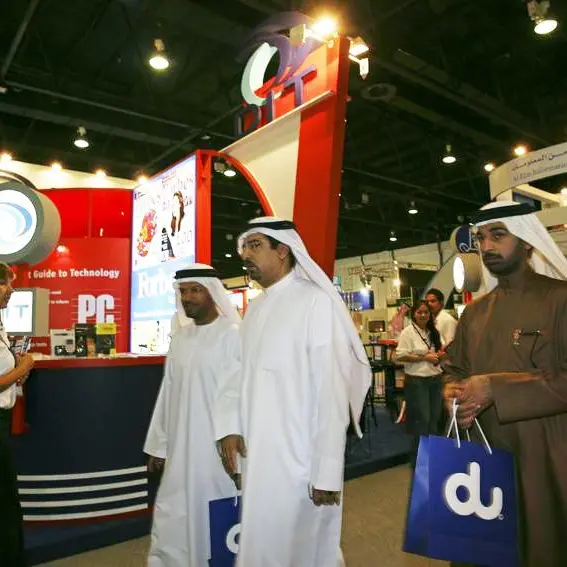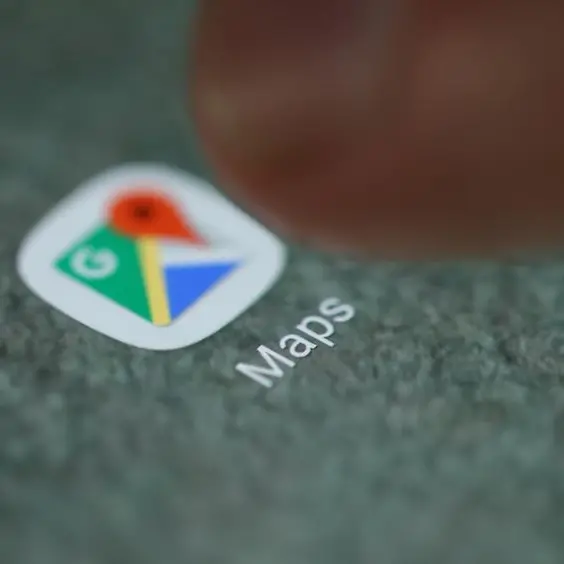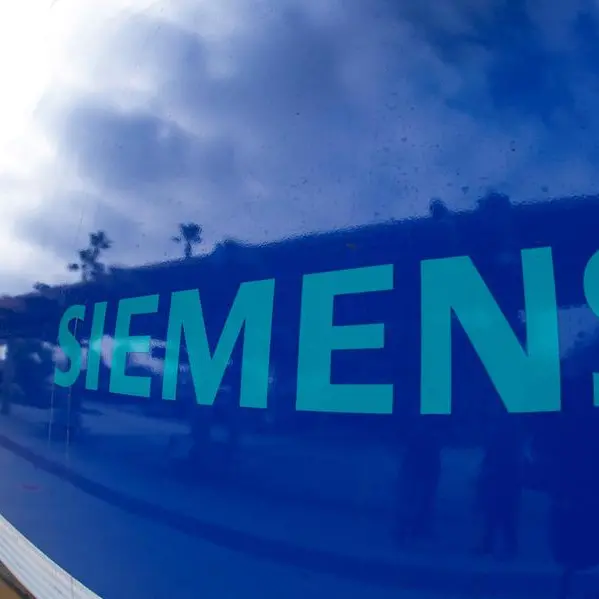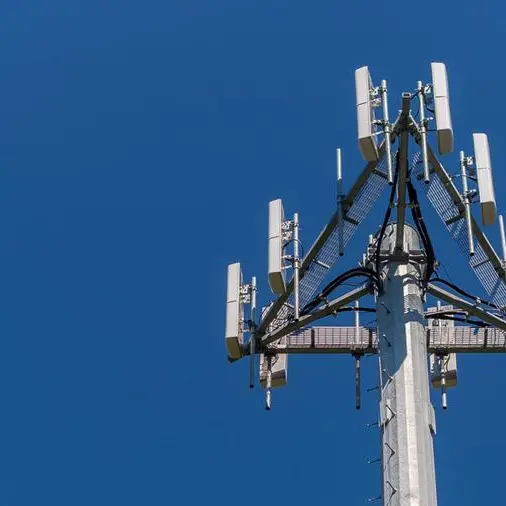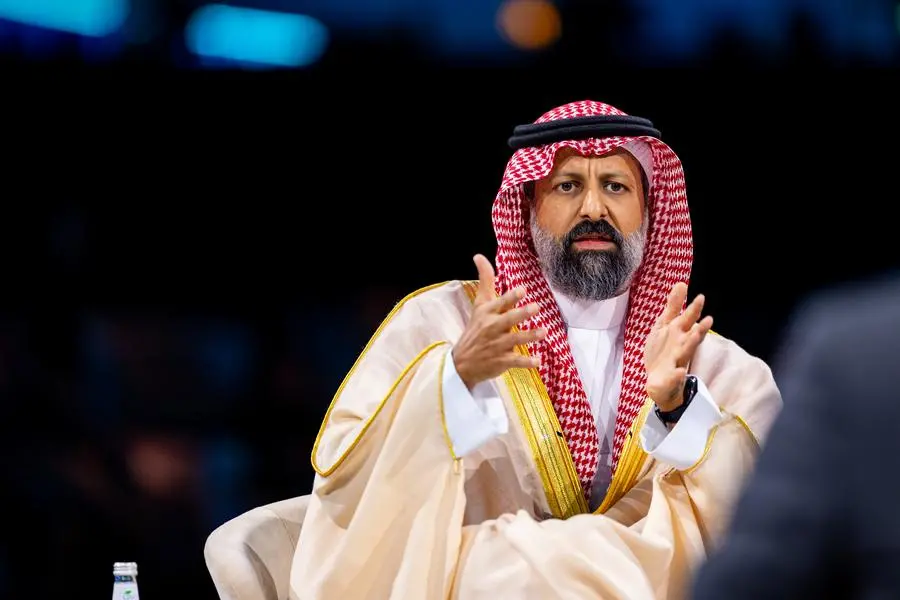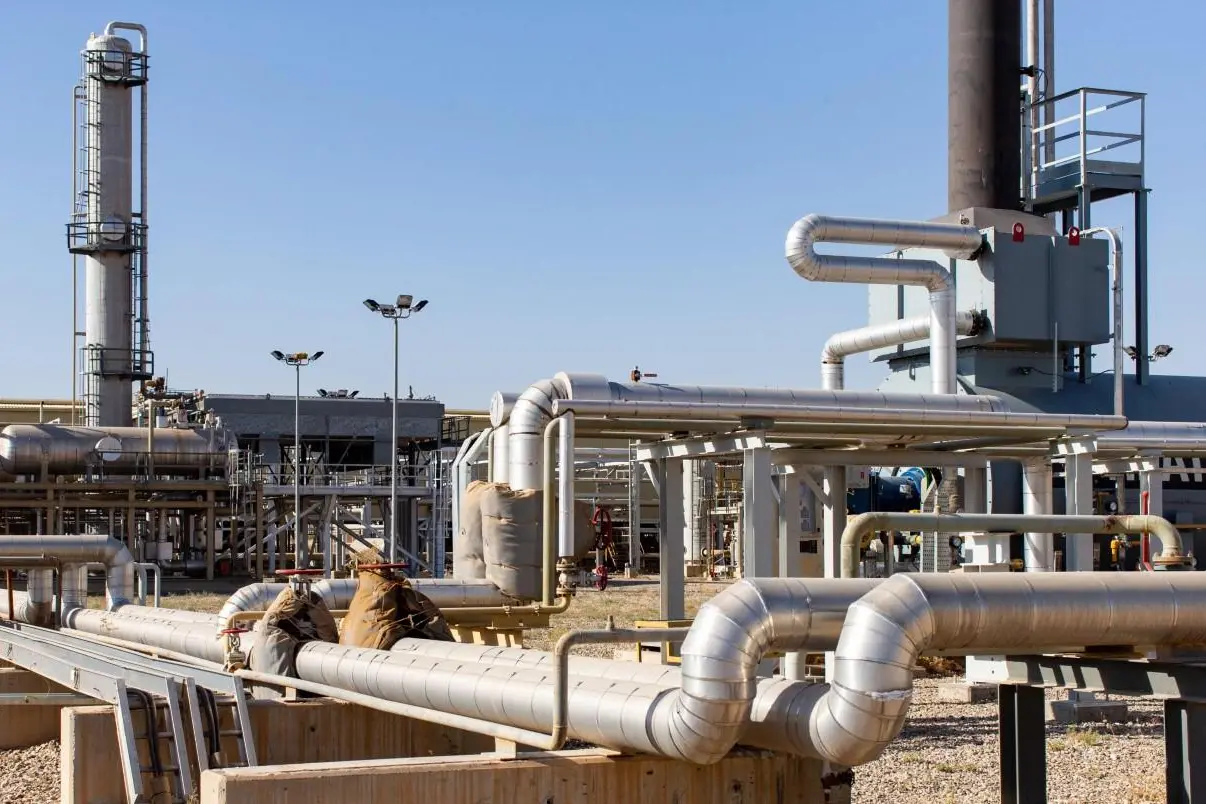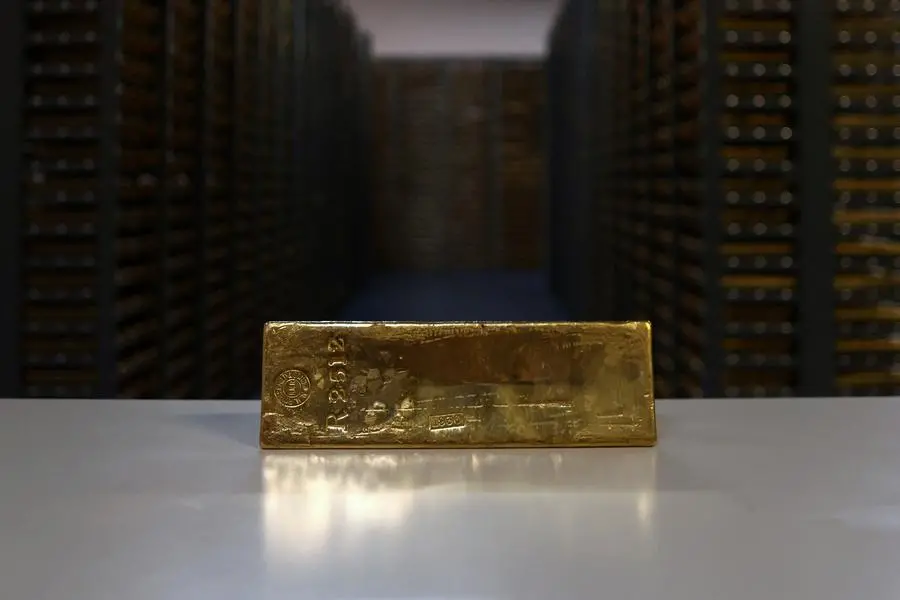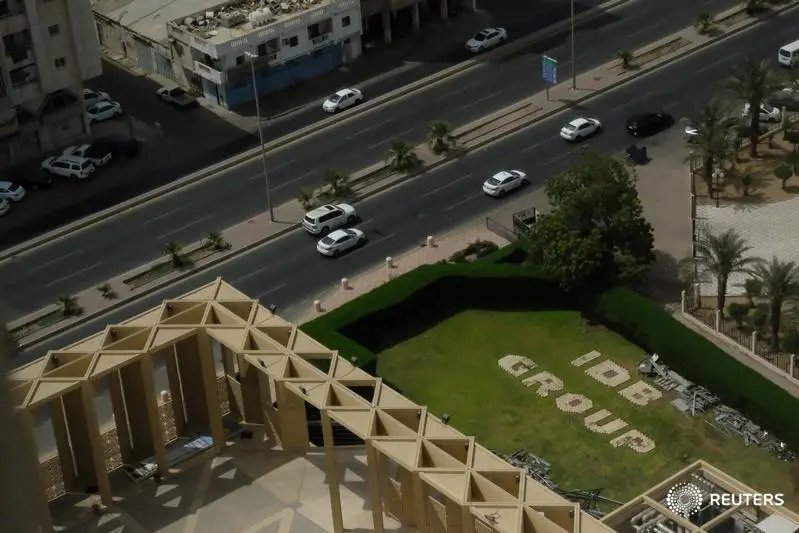Philippe Baptiste, President of the Centre National d'Etudes Spatiales (CNES), today said that the UAE and France are "creating new bonds" by working together on complex space programmes to achieve common scientific goals.
Speaking virtually at the World Government Summit (WGS2022), the CNES President explained that cooperating with the UAE on the Emirates Lunar Mission and other space programmes was "a source of pride" for France.
Baptiste said, "Our countries are forging closer ties through space cooperation. We are solving technical issues together and we are exchanging data with international science teams. We have worked together to design new, more agile and streamlined ways of working while learning to take risks."
The Emirates Lunar Mission, which involves international partnerships with countries including France and Japan, would see the UAE become the fourth country to land a spacecraft on the Moon. The mission is scheduled to launch in October 2022 and land a rover on the lunar surface in the first quarter of 2023.
Highlighting the international partnerships involved in the mission, Dr. Hamad Al Marzooqi, Project Manager of the Emirates Lunar Mission, Mohammed bin Rashid Space Centre (MBRSC), said, "The Rashid rover is at an advanced stage of development. It has been designed by an Emirati team but will be sent to the Moon on board of a Japanese space craft."
"It is cost effective to build technology for the Moon, and it’s closer and more accessible. The lunar mission will not only facilitate more ambitious missions, but will also help facilitate technological development," he added.
According to Adnan Al Rais, Director of Mars 2117 at MBRSC, the mission is positioned as a platform for international collaboration, and is aligned with the agenda of the global space sector, which includes putting humans on Mars.
He also noted that the Emirates Lunar Mission will help close the technical and knowledge gaps needed for humanity to execute a successful manned mission to the Red Planet.
The aim of the mission is to study various aspects of the lunar surface, such as thermal properties. It involves carrying out a series of measurements and tests that will expand human understanding of moon plasma, photoelectrons and dust particles located over the illuminated part of the lunar surface.
The project aims to pave the way for discoveries that can contribute to the development of science and specialised high-precision technologies in the space sector.
